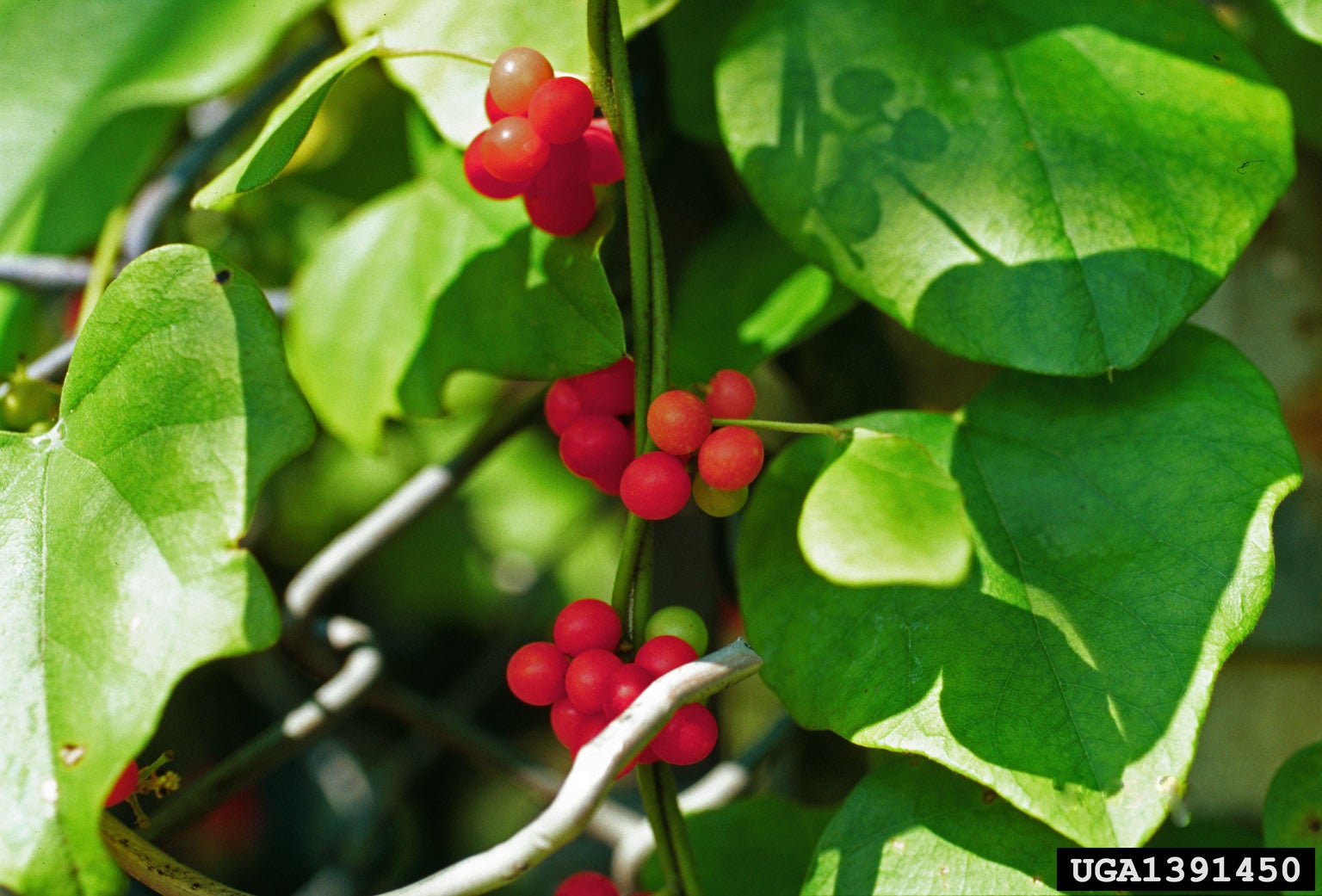What Is Moonseed Vine – Common Moonseed Vine Information
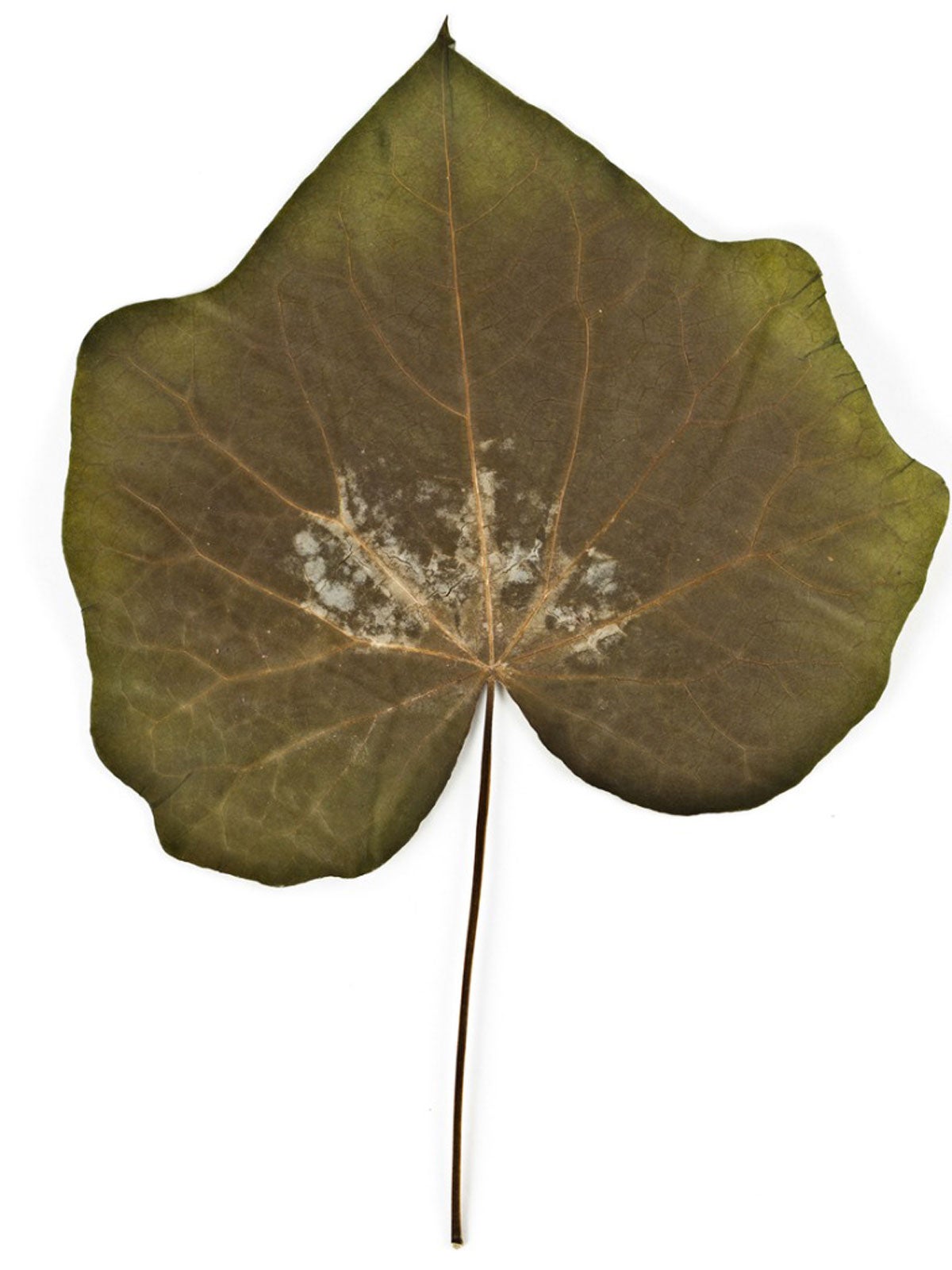
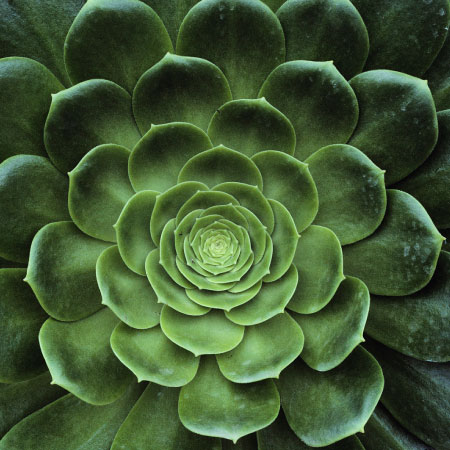
What is moonseed vine? Also known as common moonseed vine or Canada moonseed, moonseed vine is a deciduous, climbing vine that produces heart-shaped leaves and dangling clusters of about 40 small, greenish-yellow blooms, each with a distinctive, yellow stamen. Bloom time is late spring and early summer. Read on for more moonseed vine information.
Moonseed Vine Information and Facts
Common moonseed vine (Menispermum canadense) grows from an underground root system and travels quickly by suckers. In the wild, it is commonly found in moist, deciduous woods and sunny fence rows, riparian areas, and rocky hillsides. Moonseed vine grows in USDA hardiness zones 4 through 8. Flowers are replaced by clusters of deep purple berries, which somewhat resemble grapes. However, the fruit is mildly toxic and should not be eaten.
Moonseed Vine Growing Conditions
Although moonseed vine tolerates partial shade, it blooms best in full sunlight. It grows in nearly any moderately fertile, relatively moist soil and looks best when it has a fence or trellis to climb. The vine requires no pruning, but cutting the plant to the ground every two to three years keeps it neat and healthy.
Is Moonseed Vine Invasive?
Although moonseed vine is an effective and attractive groundcover in a woodland garden, the plant is invasive in many areas of the eastern United States and Canada. For this reason, you should check with your local extension office prior to planting this vine to see if it is suitable for growing in your area. Also, if you are considering growing moonseed vine in a wooded setting of your garden, take caution in doing so if you have small children or pets due to the toxicity of its berries. This vine, along with the similar Carolina moonseed vine, albeit attractive, may simply need to be enjoyed at a distance in its native habitat.
Gardening tips, videos, info and more delivered right to your inbox!
Sign up for the Gardening Know How newsletter today and receive a free copy of our e-book "How to Grow Delicious Tomatoes".

A Credentialed Garden Writer, Mary H. Dyer was with Gardening Know How in the very beginning, publishing articles as early as 2007.
-
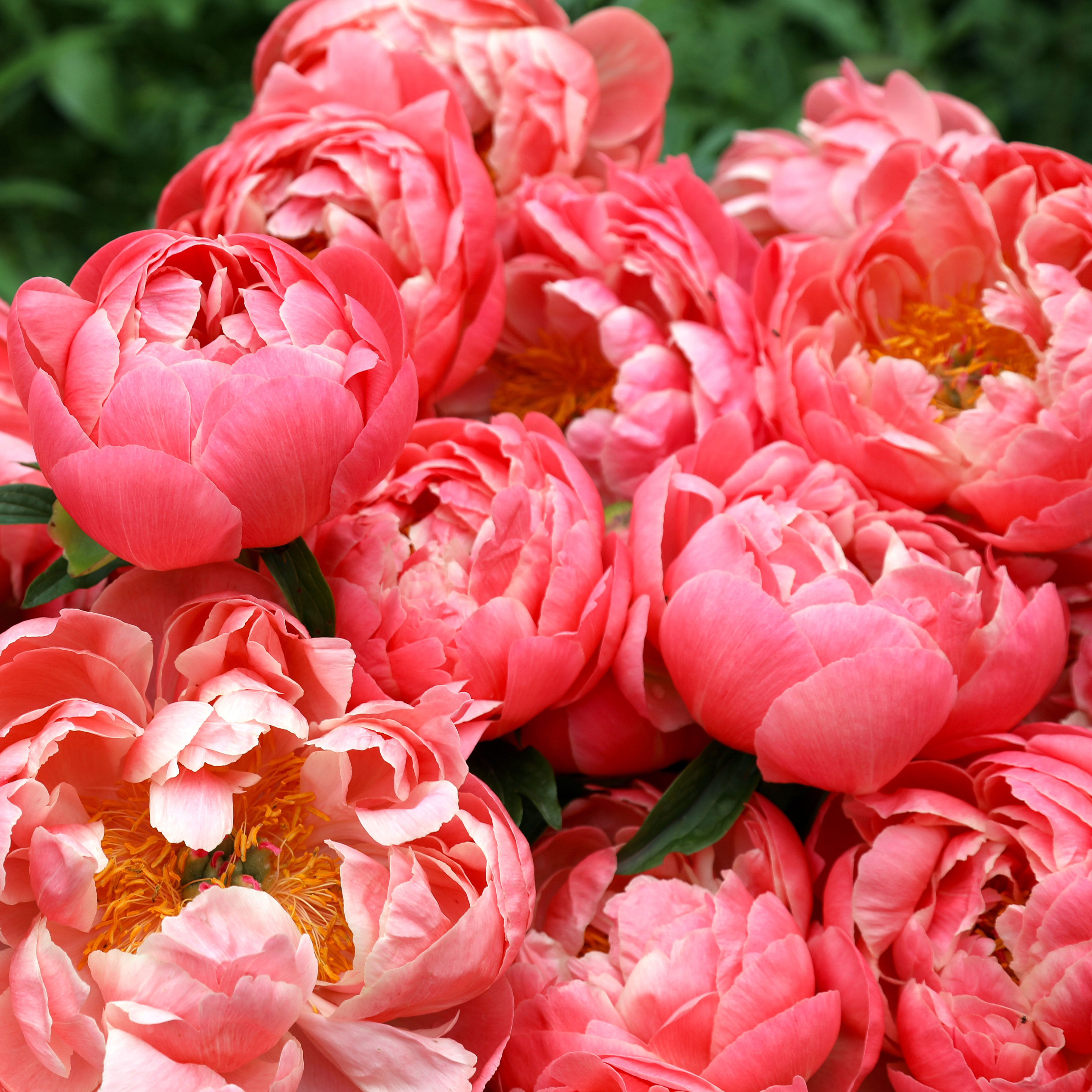 ‘Coral Charm’ Peony Care For Sublime Semi-Double Peonies With Lush Salmon Pink Flowers
‘Coral Charm’ Peony Care For Sublime Semi-Double Peonies With Lush Salmon Pink FlowersPeonies are known for their soft baby pink or magenta tones, but if plushy coral blooms are your thing, here’s our guide to the ultimate ‘Coral Charm’ peony care
By Tonya Barnett
-
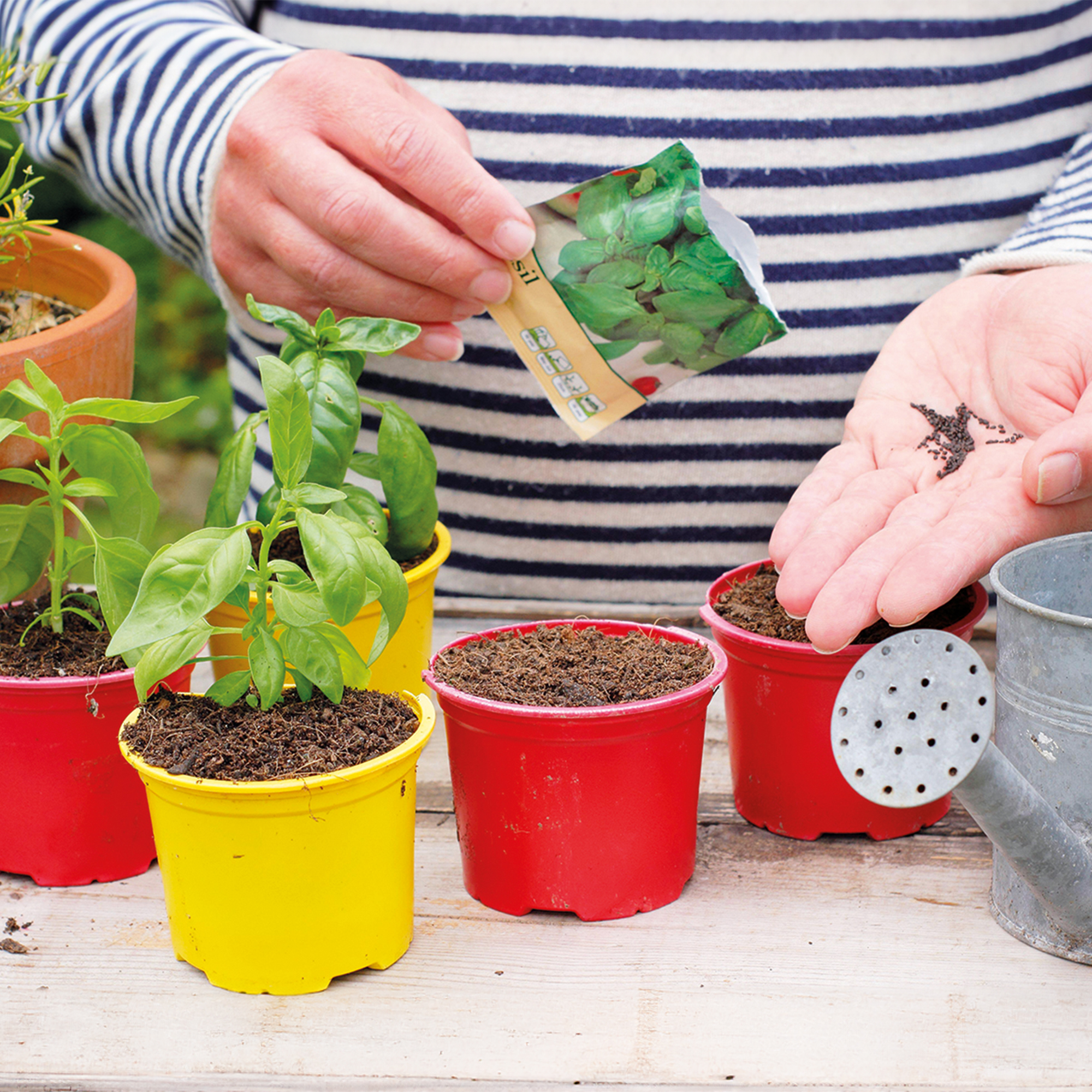 How To Grow Seeds Quickly: 8 Expert Tricks For Fast Flowers & Crops
How To Grow Seeds Quickly: 8 Expert Tricks For Fast Flowers & CropsIt's never too late to start growing! Jump-start your flower or vegetable garden with these pro tips and tricks for germinating seeds in record time.
By Amy Grant
